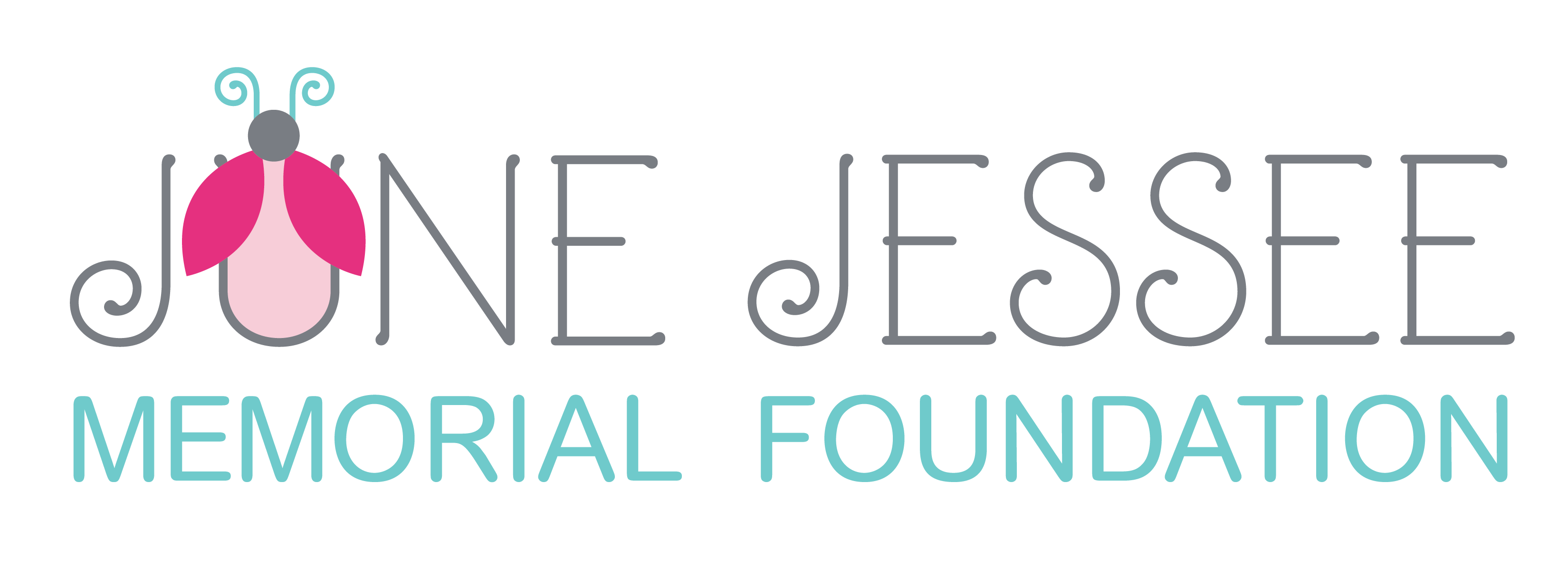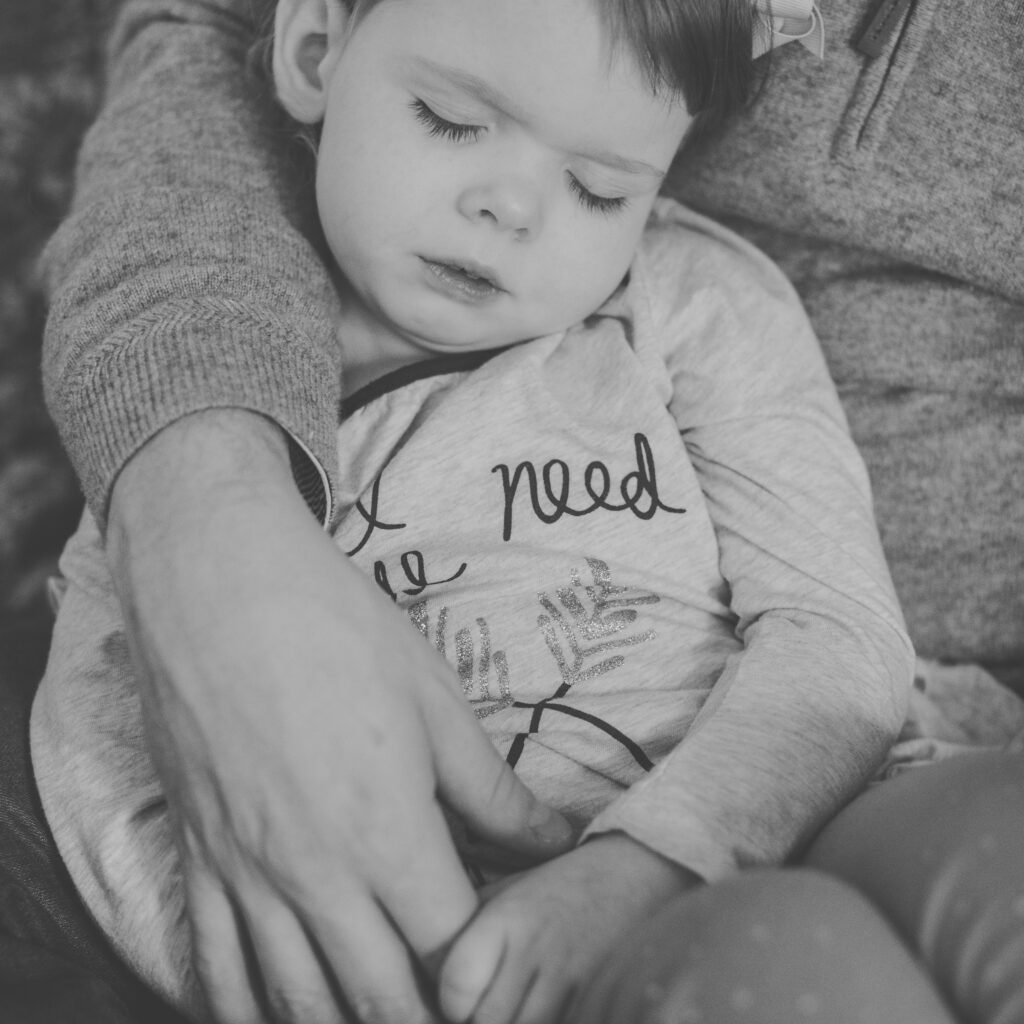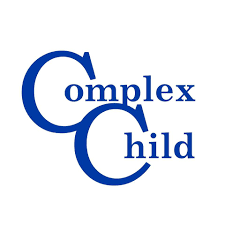A Different Kind of Hope: The Diagnostic Odyssey Can Be Solved Even After Your Child’s Death
June had an undiagnosed, neurological disorder, which means we have no idea what caused all of her symptoms (auditory neuropathy, infantile spasms, cortical visual impairment, kidney disease, developmental delays, and feeding troubles, to name a few) and her eventual death shortly before her fourth birthday. Despite exhaustive testing, doctors could never pinpoint a disease or genetic mutation that caused her health issues. This doesn’t mean there isn’t one, though. In fact, every doctor I speak with thinks it’s there; we just aren’t smart enough to know what it is yet.
In December 2015, two months before June died, we were scheduled to visit the Undiagnosed Disease Program (UDP) in Bethesda, MD. At the time, it was one of very few sites in the country. It has since grown to become the Undiagnosed Disease Network (UDN), which includes 14 sites nationwide. We were going to spend a week there, and the doctors at the National Institute of Health (NIH) were planning to run even more extensive testing on June. Unfortunately, though, her health was quickly deteriorating, and we were unable to travel. Thankfully, June was still accepted into the program, and there were some tests they could still conduct by sending blood work, health records, and imaging.
As it became clear that June was dying and because we were connected with UDN, we decided to donate June’s body to its program so that they could continue to study her unknown condition in hopes of finding a diagnosis that could one day advance science and help other families like ours. While it has been nearly eight years since she died, and we still do not have any answers, my hope is that one day we will, and I am thankful we took measures to sustain June’s organs as we wait for science to catch up.
June’s death is undeniably a sensitive topic to share with families, and I wish I didn’t have to talk about it at all. As a mother of a patient in the undiagnosed community and having personally experienced the unimaginable pain of my own daughter’s death, I can relate to the plethora of feelings felt by families walking similar paths. While it’s undoubtedly a challenging subject, talking about our plans for our child’s death and our wishes for our child’s remains is one of the most important conversations we need to have with our healthcare team.
This past summer, I had the pleasure of meeting Dr. Sessions Cole at June Jessee Memorial Foundation’s annual lectureship. He told me about his work with UDN, and I learned more about the site he led that formed after June’s death at Washington University in St. Louis, where I live and where June was cared for. He has become a resource to me on our continued diagnostic odyssey, and Dr. Cole agreed to write the following recommendations to help families in similar situations as we were in. Had I not been connected with UDP/UDN already or had I not known other parents in similar situations, I never would have known there were measures we could take to help us find answers even after June’s death.
I have found that parents of children with life-limiting conditions are sometimes not as scared of death as many physicians think. In fact, talking about death provides support that is very much needed, and knowing about our options is helpful. Families hope for a diagnosis for many reasons, and importantly, they want their child’s life to have an impact.
It is my wish that the information below will help you make informed decisions so that you don’t have any regrets if the unimaginable happens.
***
Considerations for families with children who have life-limiting ultra-rare or undiagnosed conditions
Written by F. Sessions Cole, M.D., Park J. White, M.D., Professor of Pediatrics, Washington University School of Medicine in St. Louis
With the persistent emotional, financial, and medical challenges of caring for a child with a life limiting ultra-rare or undiagnosed condition, families understandably focus on maximizing child comfort and well-being, maintaining family structure and support, and pursuing therapeutic or diagnostic strategies that provide hope. Planning for these children seeks to optimize daily living routines, relies on a team of health care providers, and rarely looks beyond the end of the child’s life. However, after a child dies, questions remain for families that may be answered with rapidly evolving genomic technologies and require intentional consideration by both families and affected children as well as input from health care providers before death.
For example, some families and children may wish to contribute to research by providing information (for example, patient-reported, quantitative symptoms, biomarkers, imaging studies) before and shortly after the time of death (for example, skin biopsies for establishment of a continual source of DNA from the affected child, post-mortem examination of organs through an autopsy) that can lead to diagnostic and therapeutic breakthroughs that may benefit future affected children and families. For families with undiagnosed children, strategies and expectations for pursuit of a diagnosis may continue after the child has died. To provide for families who wish to consider these options, we outline a framework for shared decision making discussions among the affected child (if cognitively feasible), her/his/their family, spiritual advisors, supportive friends and other affected families, and health care providers based on my experience with affected families before and after death.
Considerations for families whose children have an ultra-rare, diagnosed, life limiting condition:
- Identify other families via social media or advocacy groups whose affected children have died.
- Ask families of affected children for advice about strategies for discussions with affected children, for identification of clinicians and investigators who can provide advice about contributing to research, and for optimizing end of life comfort. Suggested resources: National Organization of Rare Disorders, EveryLife Foundation for Rare Diseases
- Ask families of affected children for advice about strategies for discussions with affected children, for identification of clinicians and investigators who can provide advice about contributing to research, and for optimizing end of life comfort. Suggested resources: National Organization of Rare Disorders, EveryLife Foundation for Rare Diseases
- Intentionally identify members of the health care team who will care for family members after the child has died.
- Contact these health care providers while the child is alive in order to establish expectations about post-death and allow time for the family to ask follow-up questions (for example, addressing questions from surviving siblings, questions about future reproductive risk in family members).
- If an autopsy is to be performed, identify health care providers who will share and interpret autopsy results with family members. If research donations will be made, establish expectations about who will update families and timing of updates concerning progress of research.
- For families who wish to provide information and samples for research, establish an informed consent process and follow-up expectations with specific health care providers and investigators.
- Strongly consider providing consent for autopsy at an academic medical center or sharing autopsy results with experts at an academic medical center, establishment of a skin fibroblast cell line from a skin biopsy which permits generation of induced pluripotent stem cells from the affected child, and obtaining pre-death blood, urine, and other samples which can be stored for future analysis.
- As your child’s advocates, encourage pre-death discussions between health care providers and pathology experts to ensure proper processing of autopsy and samples.
- For families who choose not to consider autopsy, think about requesting storage of samples and post-death imaging.
- Procedures such as magnetic resonance imaging (MRI) may provide information about disease progression and mechanism. Additionally, storage of pre-death blood, urine, or other samples can be obtained for future analysis with informed consent.
Considerations for families whose children have an undiagnosed, life limiting condition:
- Seek input from health care providers familiar with caring for individual children affected by an undiagnosed, life-limiting condition and their families.
- Discuss strategies to engage/involve the affected child, if appropriate, in discussions about using autopsy, skin biopsy, or other samples for post-death diagnostic analyses and research.
- Intentionally identify members of the health care team who will continue to pursue diagnoses and who will help care for the family after the child has died.
- Select health care providers whom the family will contact and establish expectations about post-death follow-up timing for family questions about diagnosis and family management (for example, questions from surviving siblings, questions about future reproductive risks in family members).
- If genomic testing (whole genome sequencing, whole exome sequencing) has been non-diagnostic before death, establish frequency of sequencing reanalysis and expectations for sharing sequencing reanalysis results. Consider requesting trio whole genome sequencing before death if not previously performed.
- For families who wish to provide information and samples for research and to pursue diagnoses, establish informed consent process with specific providers for research that will permit continued diagnostic analysis of affected child’s samples.
- If research donations will be made, establish expectations about who will update families and timing of updates concerning progress of research. Families should strongly consider establishment of a fibroblast cell line from a skin biopsy to ensure future access to affected child’s DNA and possibility of generating induced pluripotent stem cells from affected child for future analysis.
- Strongly consider providing consent for autopsy at an academic medical center or sharing autopsy results with experts who have been pursuing diagnostic possibilities with the family and obtaining pre-death urine, blood, and other samples which can be stored for future diagnostic analysis.
- For families who wish to provide information and samples for research and to pursue diagnoses, establish informed consent process with specific providers for research that will permit continued diagnostic analysis of affected child’s samples.
- For families who choose not to consider autopsy, think about requesting storage of samples and post-death imaging.
- Procedures such as magnetic resonance imaging (MRI) may provide information about disease progression and mechanism. Additionally, storage of pre-death blood, urine, or other samples can be obtained for future analysis with informed consent.







